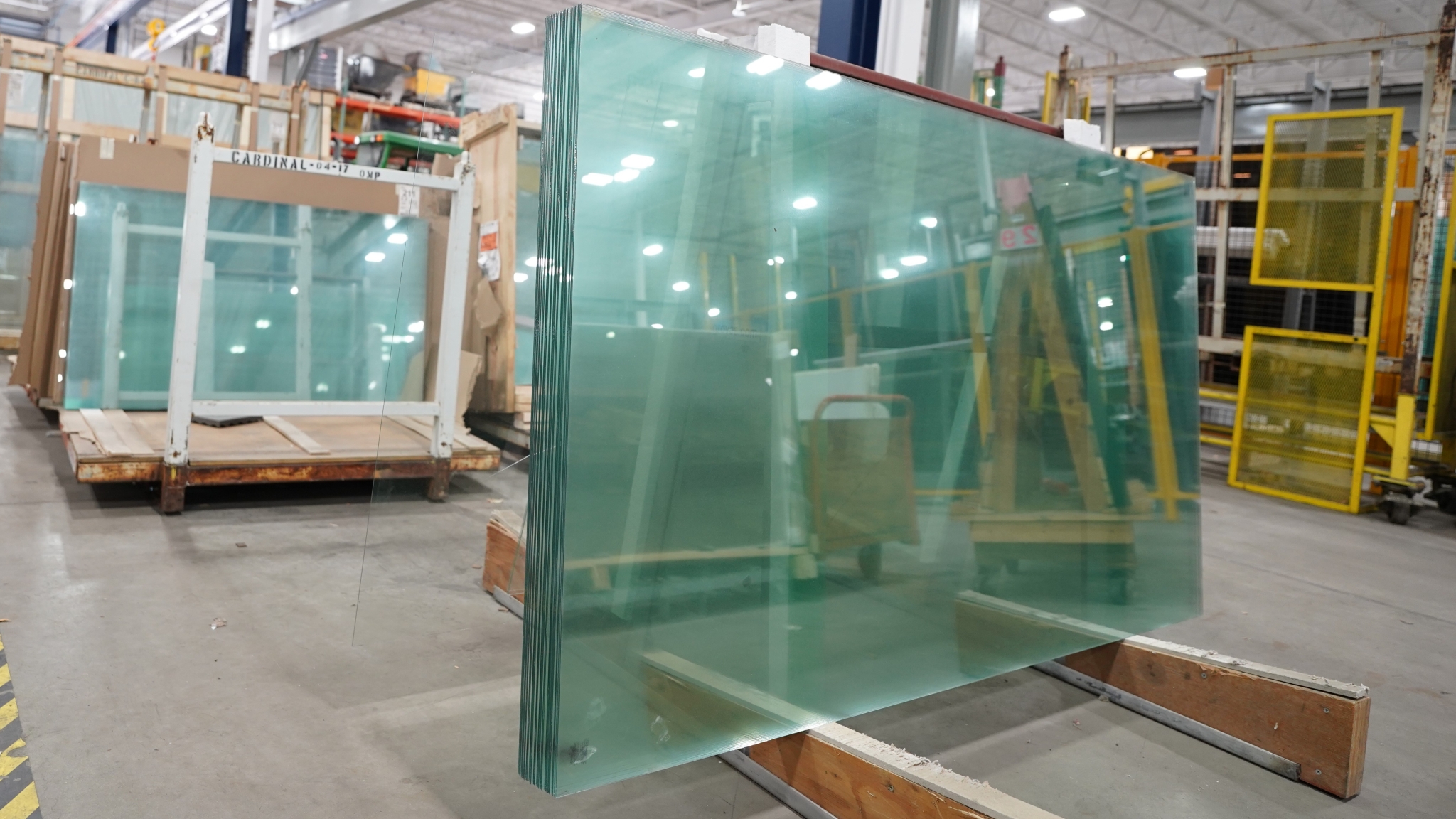Bullet Resistant Glass
By: Lori Dorn and Dan Garrett
In a world where security concerns take center stage, the term “bullet-proof glass” frequently finds its way into discussions about fortifying sensitive environments. However, it’s imperative to make the distinction that these protective shields are more accurately described as “bullet-resistant” rather than completely impervious to ballistic threats. No matter how robust or layered, no material can withstand the relentless force of a ballistic impact indefinitely. The realm of ballistic glass systems is intricate and ever-evolving, with materials like acrylic designed to repel small-caliber projectiles, while glass-clad polycarbonate stands as a bulwark against larger ballistic threats.
Prior to selecting the appropriate ballistic glass for your facility, embarking on a comprehensive threat assessment is essential. The decision carries paramount significance for a diverse range of applications. Within the world of bullet-resistant glass, a myriad of options is available, offering varying levels of protection, as well as the flexibility to tailor shapes and sizes to meet distinct security requirements. Join us as we explore this fascinating domain further, unveiling the secrets of its construction and capabilities.
What is Bullet-Resistant Glass?
While the term “bullet-proof glass” is commonly used, a more accurate description for these materials is “bullet-resistant glass”. This distinction arises from the fact that every material, regardless of its layering or the strength of its glazing components, will eventually succumb to damage or spalling when subjected to sufficient ballistic force. Certain materials, such as acrylic, are primarily designed to provide protection against small-caliber rounds, while others like glass-clad polycarbonate offer defense against larger ballistic projectiles. Therefore, conducting a thorough threat assessment is essential before selecting a ballistic glass product for your facility.
Bullet-resistant glass finds its purpose in fortifying the windows of structures that demand heightened security, including schools, federal or government buildings, correctional facilities, and financial institutions. Its specifications can be tailored to suit specific needs, encompassing both the shape and size of the system and the required level of protection. Furthermore, its thickness can vary, ranging from ¾ to 3 ½ inches (19 to 89 mm), contingent upon manufacturer specifications and the unique demand of each project.
How Is It Manufactured?
Bullet-resistant glass is crafted through a process that involves layering laminated glass. The degree of protection it offers is directly related to the number of layers used. These laminated layers consist of glass sheets securely bonded together in materials such as polyvinyl butyral, polyurethane, Sentryglas, or ethylene-vinyl acetate. Through chemical treatment, the glass gains significant strength, enhancing its durability. The plastic incorporated into these laminated designs provides resistance against impacts from both blunt and sharp objects. However, it’s important to note that plastic contributes relatively little to the glass’s bullet-resistant properties. Instead, it is the glass, with its greater hardness compared to the plastic, that flattens the bullet, while the plastic deforms, effectively absorbing the remaining energy and preventing penetration.
The characteristics of bullet-resistant glass can be influenced by factors such as temperature, exposure to solvents, or UV radiation, typically from sunlight. When the polycarbonate layer is positioned beneath a glass layer, it benefits from some protection against UV radiation, thanks to the presence of the glass and bonding layer. Over time, though, the polycarbonate can become more brittle due to its nature as an amorphous polymer, which is necessary for its transparency and gradually moves toward thermodynamic equilibrium.
How Can I Make the Right Choice?
As we delve deeper into the intricate world of bullet-resistant glass, it becomes evident that understanding the nuances of this vital security component is essential. The distinction between “bullet-proof” and “bullet-resistant” is just the tip of the iceberg. Every layer, material, and manufacturing process play a pivotal role in creating these protective barriers.
Brin Glass Company offers unmatched solutions for bullet-resistant glass, drawing upon a rich legacy of expertise spanning over a century. Your pursuit of enhanced security and safety is our top priority, and our experienced team is your advantage in navigating the complexities of bullet-resistant glass.
Sources
http:/info.glass.com
www.explainthat stuff.com
https://en.wikipedia.org/wiki/Bulletproof_glass
https://obe.com/products/bullet-resistant-armorresist/
https://kuraray.us.com/products/films/sentryglas-sentryglas-expressions/



Project Manager
Service Glazier
General Application